THE 2021 WORLD LANGUAGE TEACHER SUMMIT MASTERCLASS SESSIONS
The 2021 World Language Teacher Summit All-Access Pass gives you permanent access to all 33 sessions and on-the-go audio MP3 files for each presentation. Plus $712 in exclusive bonuses and your PD Certificate.
Click to Open/Close ▼
The Power of Stories
Join us for Day 1 of this year's WLTS to dive into a powerful engagement tool: stories. From ancient legends to modern blogs, listen to our presenters walk through ways to create stories, interpret stories, and manipulate stories all in the service of language learning. Motivate students through beginning, middle, and end -- we're sure you'll be glued to the screen with all these sessions have to offer!

Choose Your Own Story With Google Forms
by Paulino Brener
Paulino shares his enthusiasm for storytelling, and he explains how he started using Google Forms as a way of making students ‘part of the story’ in asynchronous online learning situations. He starts by showing a simple example and then goes on to provide detailed, step by step instructions to help you design your own. Finally, he shares a Google Slides story template so that your students can write one themselves!

Free Voluntary Watching
by Stacy Cannady
In this presentation Stacy shares her enthusiasm for using CI in the classroom, either as ‘voluntary watching’ for ASL classes or ‘voluntary listening’ for students in spoken language environments. She offers advice about which resources to use so that you can create your own ‘voluntary watching / listening’ library.


Using Stories to Aid Language Acquisition
by Carolina Gómez and Valentina Correa
Carolina and Valentina begin their presentation by talking about how they find inspiration for the stories they use with their students, before going on to discuss key considerations when you are creating a story of your own. They work through two step-by-step examples, the first using a song (which tells a story) and the second using a teacher-created story. Finally, they wrap up the session with examples of extension activities.

Blog, Blog, Data-Getting Students Writing in The World Language Classroom
by Jennifer Newman-Cornell
Jennifer begins by outlining her reasons for using blogging with her students, and then gives a step-by-step explanation of how to set up and run a successful blogging activity in the classroom. She goes on to focus on using student-generated writing to create data, and provides details about the best way to plan and manage this type of activity. She rounds off the presentation by talking about some additional ideas and resources.

Easy-to-Read Literature, StoryListening and Creative Writing With Beginning Language Learners
by Margarita Pérez García
As a published author of easy-to-read literature for language students, Margarita offers a unique insight into the world of graded readers and how to use them successfully in the classroom by implementing Story-Listening techniques. Whether you are new to using graded readers, or whether you’ve been using them for years, Margarita’s presentation is packed with useful information and ideas.

Practical Ideas for Introducing Extensive Reading Into The Classroom
by Olly Richards
Olly’s presentation covers many tried-and-tested ideas for pre-, while- and post-reading tasks, and is designed for less experienced teachers who are looking to incorporate more extensive reading in their classrooms. However, even if you already use extensive reading in your classroom, his ten practical ideas involve minimal preparation, and they are definitely worth a look.
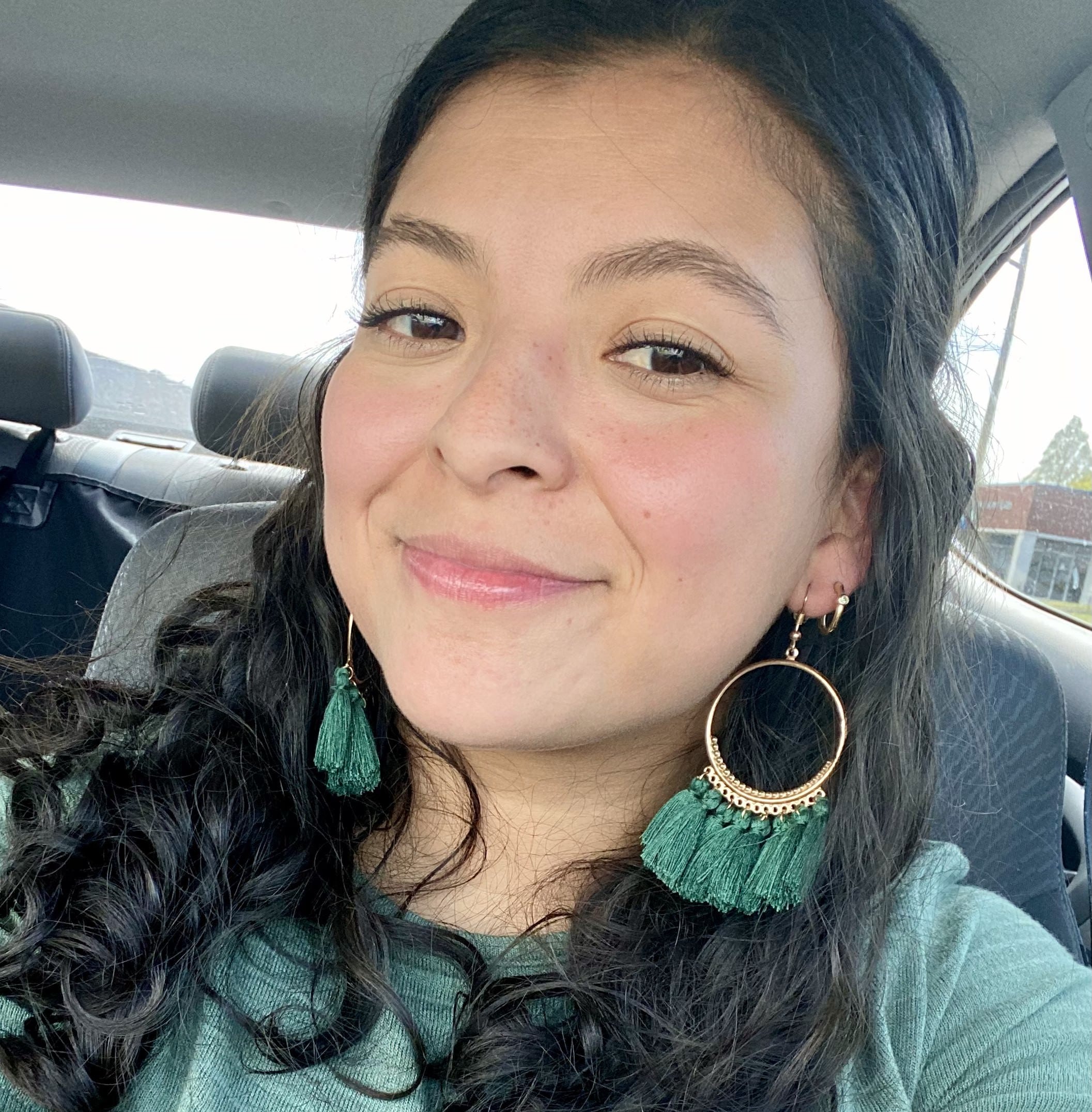
Using More Stories in Your Classroom
by Michelle Rojas
In this presentation, Michelle sets out to show that storytelling can still play a key role in your classroom, even if you have to follow a curriculum. She starts with the basics and talks about how she plans her lessons, providing some sample lesson outlines together with a wide range of examples. After that, she goes on to share a wealth of activities which can be used to introduce or extend a story.
Click to Open/Close ▼
Inclusion Through Windows & Mirrors
Tuesday brings all students to the forefront. As teachers of language and culture, it is crucial to tune into the macro and micro cultures inside our walls and outside. By offering mirrors (reflections of students in the curriculum) and windows (views into other peoples' experiences), we nurture a respectful classroom where all students feel included and welcomed.
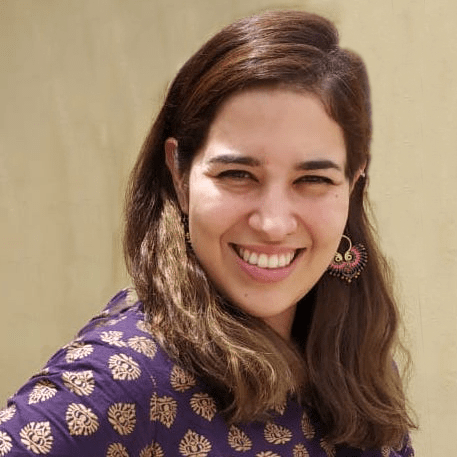
Cultural Inclusion in The World Language Classroom
by Viviana Orozco
Viviana shares what she has learned from her experience of teaching Spanish Language and Culture in India. She starts by talking about the different roles of a twenty-first century teacher, and then moves on to focus on the importance of being inclusive, and celebrating students’ unique cultural backgrounds in the classroom. She suggests several classroom strategies that teachers can use to help their students connect with the target culture.

Teaching Language and Culture Through Intercultural Connections
by Tracy Rucker
Drawing on his extensive experience as a language teacher, Tracy delivers a wide-ranging talk, which includes his thoughts and ideas on a variety of different topics. The main focus of his presentation offers a wealth of suggestions for materials and activities which can be used to create intercultural connections.

A Journey Through South America's Afro-Descendants
by Jenniffer Whyte
In this presentation, Jenniffer shares her experience of talking about race with students in her Spanish class, and offers suggestions to help you incorporate more of a focus on both race and Afro-Latino culture in your classroom.

Why I Wear So Many Buttons
by Becky Hopkinson
Becky’s presentation centers on the idea that teachers have a responsibility to make sure that all their students feel safe and comfortable in their classrooms. She suggests several easy steps that teachers can take to help achieve this, and includes links to a number of useful resources.
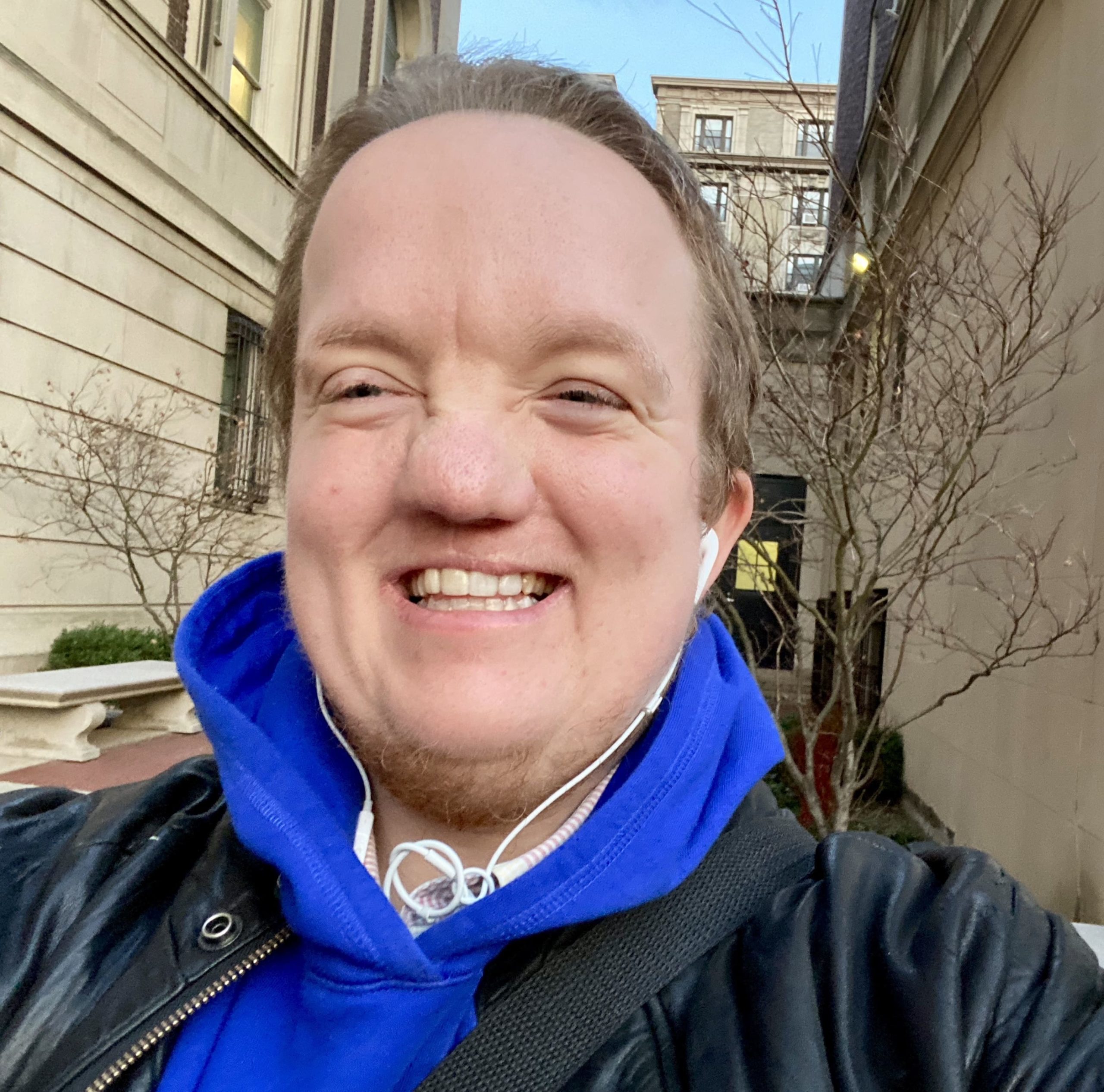
Language Teaching for Neurodivergent Students
by Jamie Banks
Jamie shares their personal experiences of nearly being ‘exempted’ (or ‘prohibited’) from studying a world language. In this presentation, they set out to persuade their listeners that all students, perhaps especially neurodivergent students, should be given access to a world language learning experience. They offer advice to help teachers include and welcome these students as well as appreciate their unique strengths.
Click to Open/Close ▼
For Days that Need to Shine
Wednesday is hump day and sometimes needs a little extra boost. We could all use a little extra shine in some of those lessons, so today's presenters spotlight new ideas, tasks, or tools to use with your students. While maybe this could be quickly enveloped into your units, keep yourself open to how a single element of one of these presentations could inspire bigger change.
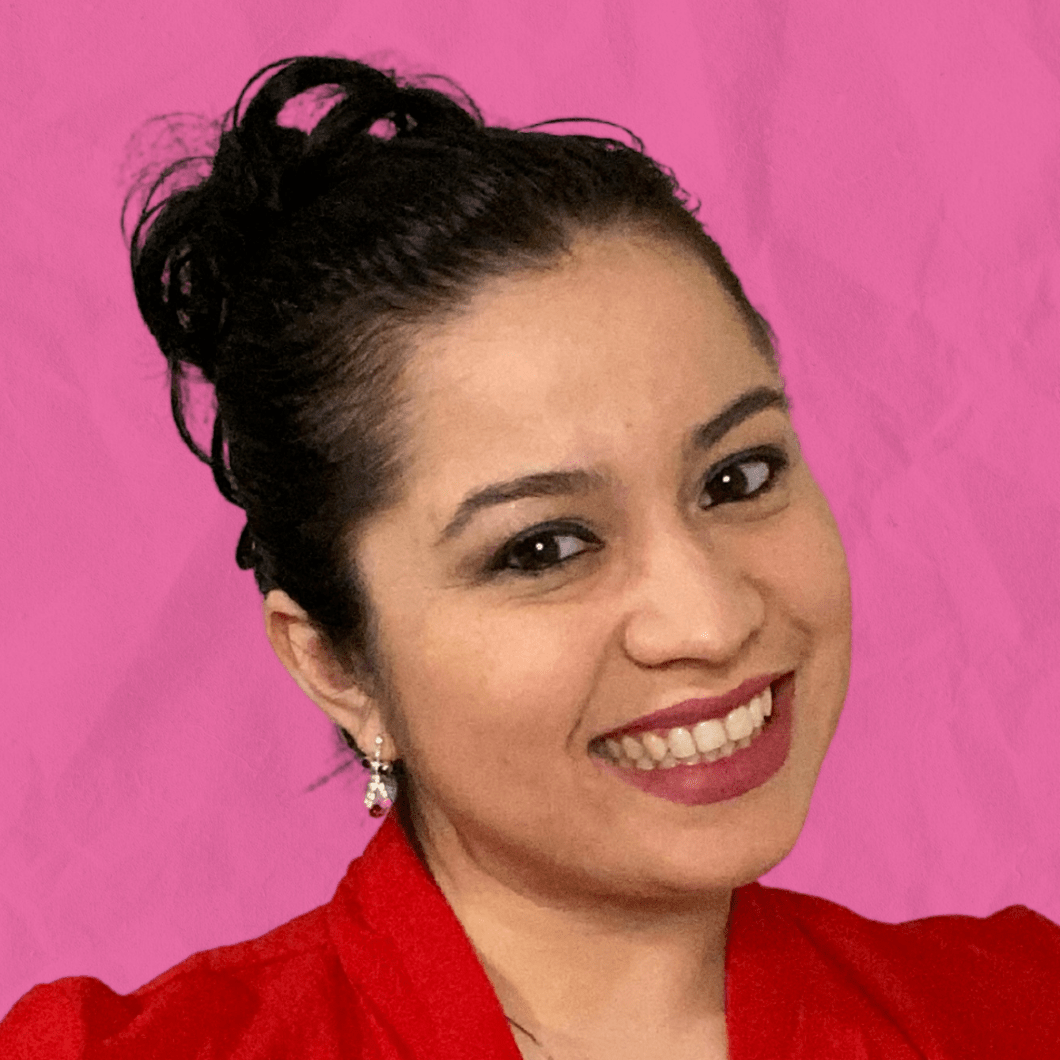
Create Active Learning Experiences With Google Jamboard!
by Bertha Delgadillo
Bertha talks about her experience of using Google Jamboard with the students in her Spanish classes. She starts with a basic explanation, and then gives step by step instructions for creating your first Jamboard. Her presentation includes plenty of examples together with links which will help you experiment with different templates. There is also a ‘troubleshooting’ section, and suggestions for using Jamboard with face-to-face classes as well as online.

Adding Videos and Music to Enhance Your Language Curriculum
by Natalie Korda
As teachers, we want our students to be able to use the language when they leave the classroom. Throughout all the changes we have witnessed in world language teaching, the end goal remains the same. Natalie believes that using video and music can help students ‘produce more,’ irrespective of the curriculum. She suggests a wide range of resources together with practical advice to help you integrate video and music into your teaching.

Activities that Always Engage Students
by Angie Torre
Whether you’re an experienced teacher or you’re just beginning your teaching career, you can never have too many ideas for engaging activities. Angie starts by providing a list of activities which promote a high level of student participation. She then goes into more detail about exploiting video and Google Drive, and wraps up by explaining how to combine different elements using a Digital Escape Room to maximize student engagement.
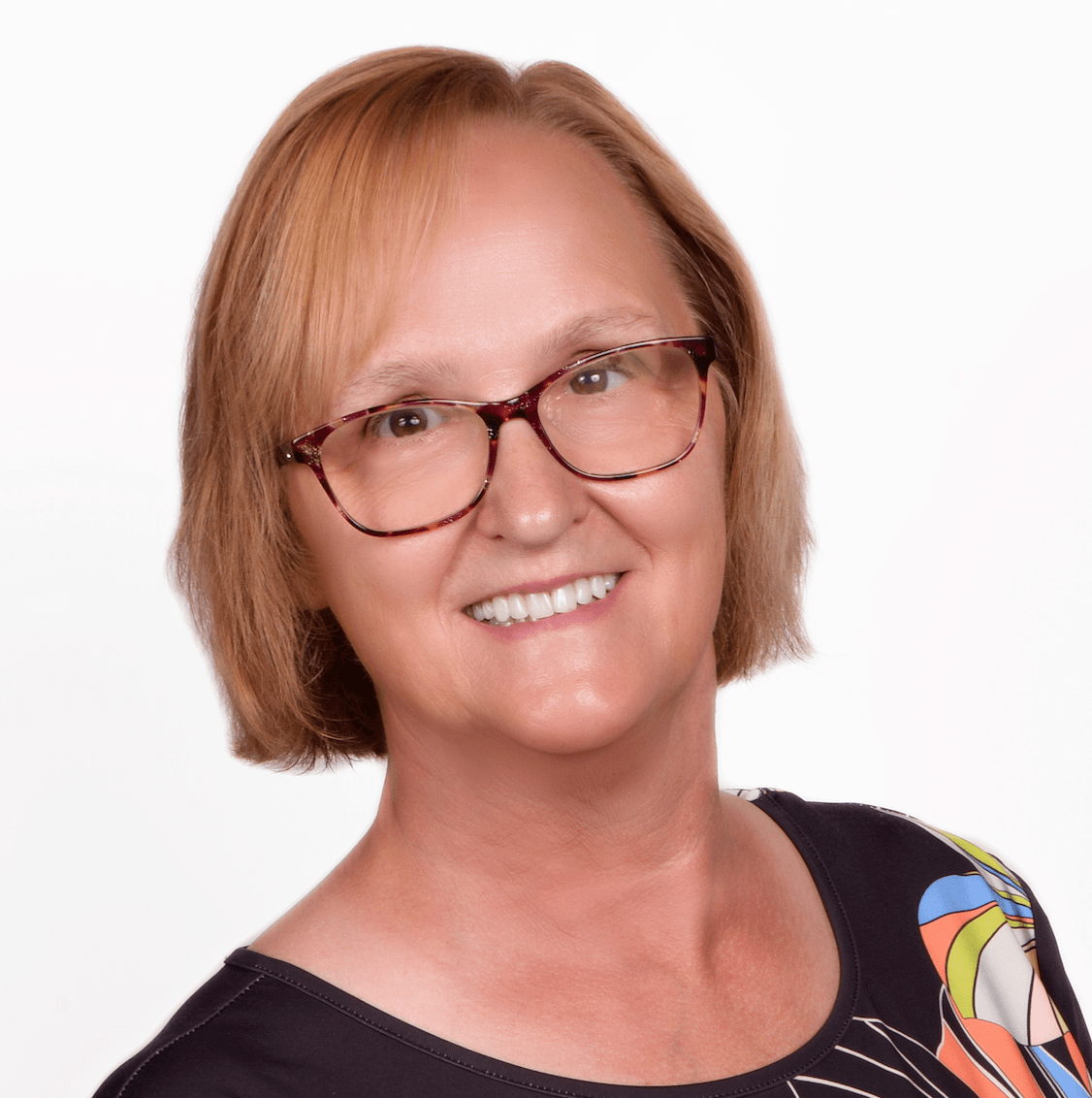
The Games We Play: 21 in Person and Online Games
by Ruth Valle
Language teachers are always on the lookout for new games to incorporate into their classes. Ruth begins by outlining her reasons for using this type of activity with her students, and then goes on to introduce a wide variety of different games. Part one of the presentation focuses on games which are suitable for face-to-face teaching situations, while the second part relates to teaching online.

Mix It Up With Music
by Allison Wienhold
Allison begins by acknowledging that many teachers will already be familiar with using music with their students. After a quick review of the benefits and some useful suggestions for finding current, authentic songs, she goes on to share a wide variety of practical classroom ideas. These include ‘one off’ activities, ways to incorporate music into your weekly routine, as well as an introduction to music bracket mini-units.

Language with The Five Senses
by Elizabeth Porter
In this presentation, Elizabeth gives an overview of ‘Language with the Five Senses,’ which is a language learning method that she developed herself, based on the science behind how humans acquire language. She explains the reasons why she is against translation and in favor of comprehensible input, and wraps up by giving us an insight into the steps involved when teaching using this method.
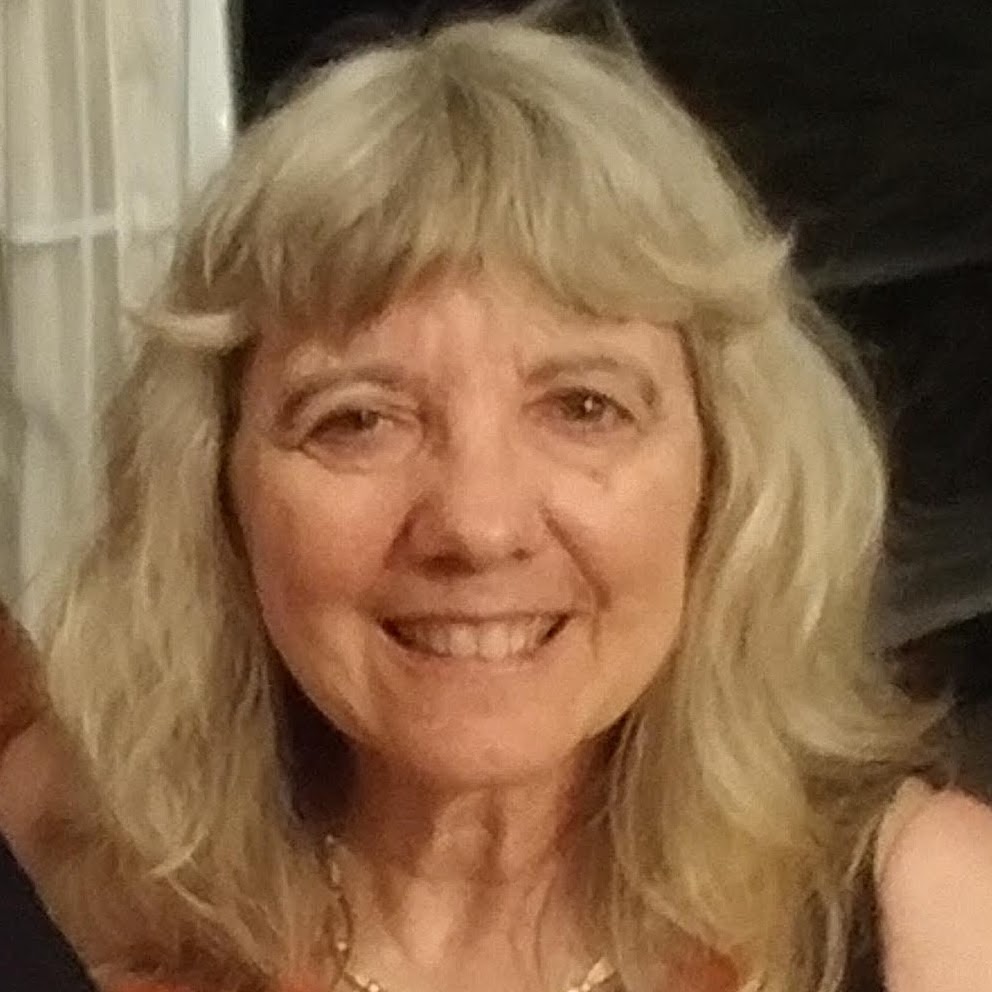
A Menu of Options: Doing and Reviewing
by Janel Lafond-Paquin
In this presentation, Janel shares an extensive collection of classroom activities which can be used with a wide variety of levels to review language, such as vocabulary or grammar, or develop students’ receptive and productive skills.
Click to Open/Close ▼
Twisting the Nuts & Bolts
The nitty-gritty of teaching can draw us into the minutia of a missing point on an assignment and a missing gender agreement and yet these portray the values we hold both in terms of grading and effective communication. A little twist to Thursday involves rethinking those nuts and bolts of the classroom like verb charts, textbooks, and routines to align our daily practices to student outcomes.

Purposeful Grading
by Erin Coleman
Erin recently made the switch from ‘traditional grading’ to ‘purposeful grading’ and she encourages other schools and teachers to do the same. Her presentation begins with a direct comparison, and Erin explains how the weaknesses of a traditional approach become the strengths of proficiency-based grading. She goes on to talk about the components of purposeful grading, and offers a wealth of resources and ideas to help you implement this approach in your classroom.

Creating Assessments for Student Success
by Kaitlin Leppert
In this presentation, Kaitlin shares her ideas for putting together assessments which are simple, straightforward, and give you an insight into your students’ language performance levels, while at the same time allowing your students to feel successful. She goes over some key sections of the ACTFL performance descriptors and provides examples of assessment tasks together with video demonstrations.
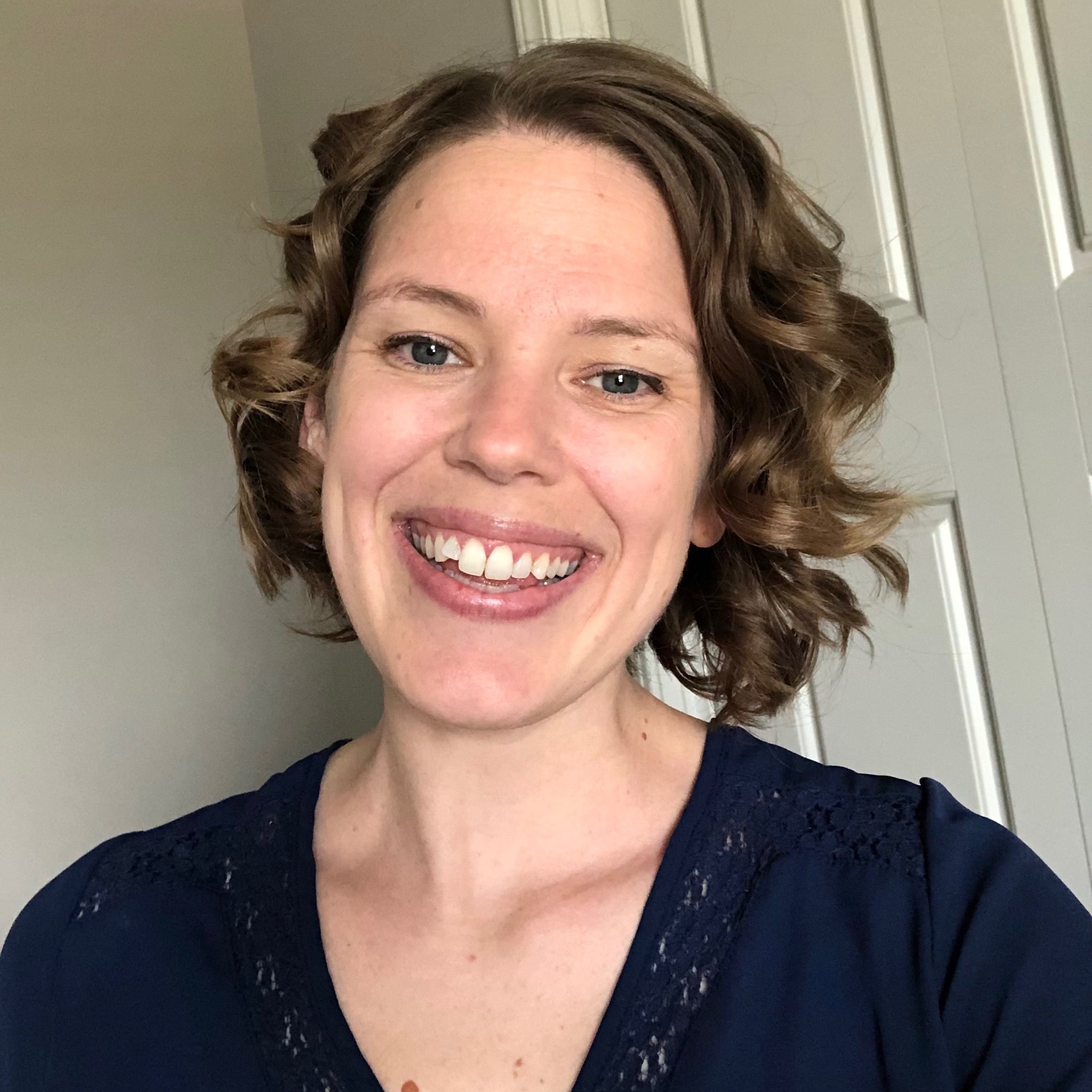
Verb Charts Aren't Evil: Blending Explicit Grammar Instruction with Acquisition Driven Strategies
by Lisa McHargue
Lisa encourages teachers to follow her lead and blend explicit grammar and acquisition driven strategies. She demonstrates how to achieve this by using a text-based ‘self-discovery’ approach to clarifying grammar, and following this up with structured notes and controlled written practice tasks. Once students have a basic grasp of the target language, Lisa recommends using personalized questions and grammar-focused stories to provide more communicative practice.
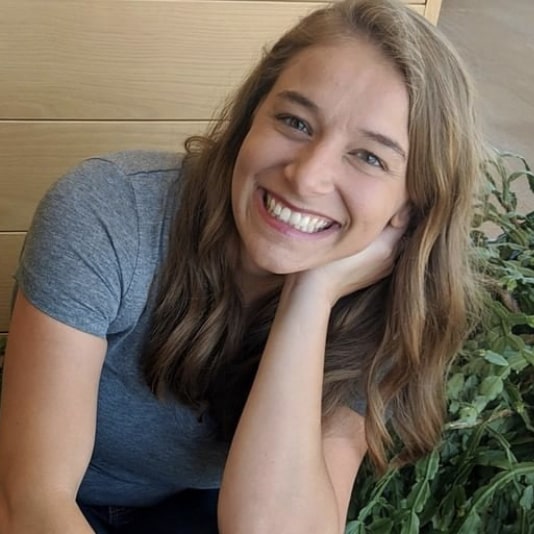
Teaching CI With a Textbook
by Ashley Mikkelsen
Ashley shares her first-hand experience of planning CI lessons and incorporating CI strategies while following a textbook and preparing students for assessments. As Ashley points out, ‘It doesn’t have to be all or nothing,’ and she talks about how to blend different approaches together to achieve the best possible balance for your students. She also suggests a variety of activities that can be used to provide students with comprehensible input.

What Happens When She Gets Mad?
by Bethany Davis
After ‘voicing English’ during her first two years as an ASL teacher, Bethany made the commitment to teaching 100% in the Target Language. In this presentation, she shares her experience and offers advice to help other teachers who would like to manage their classes effectively without relying so heavily on the students’ first language.

Efficiency and Routines in The WL Classroom
by Alasdair Harris
Alasdair’s presentation focuses on efficiency both inside and outside the classroom. He starts by talking about routines relating to classroom management which can save time and improve the pace of a lesson. He goes on to talk about getting as much as possible out of receptive skills lessons, and wraps up by looking at how use of well-designed technology can save teachers a great deal of time when it comes to preparing this type of lesson.

What is PBLL? And Will I Be Able To Start a PBLL Unit With My Students Right Away?
by Orly Lavi Travish
In this presentation, Orly provides us with an overview of Project Based Learning and Project Based Language Learning. She talks about how much potential these approaches have, both for learners in general and also for language learners, and discusses the key elements of Project Based methodology, which include the fact that students have the opportunity to work on real-world projects, and share their findings with a real audience.
Click to Open/Close ▼
The Big Picture
It's Fri-yay! As we wrap up a week of incredible ideas, today's presenters remind us to hold on to the Big Picture. Why do you teach? How do you teach? How do students learn? How do we shape our units and assessments? Join us today for some deep dives into methods and mindsets.
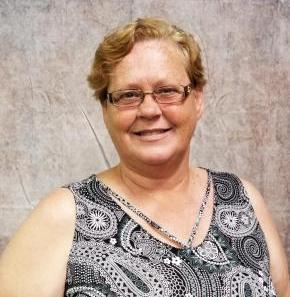
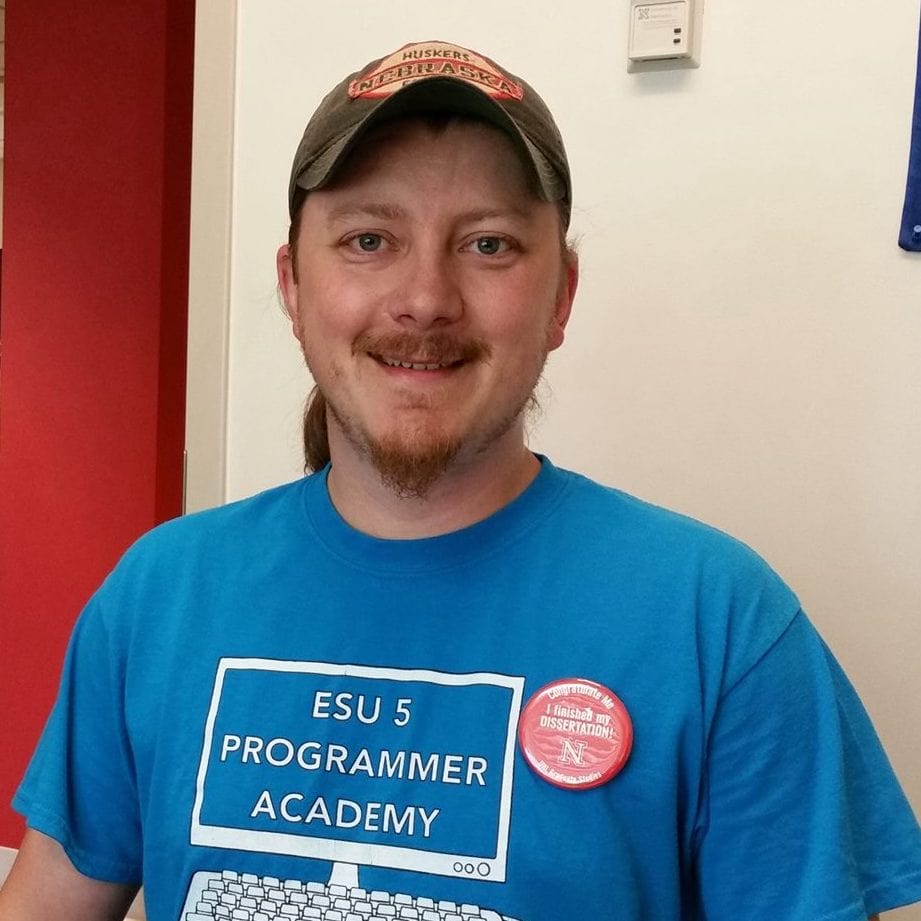
Digital Age Pedagogy in World Languages
by Kelly Garcia and Dr. Nick Ziegler
Nick starts off with an introduction to ‘Digital Age Pedagogy’ and the four core practices it involves. He and Kelly then go on to discuss each of these four strategies in more depth and give examples of straightforward, practical activities that can be used to implement them in the classroom. Nick wraps up the presentation by sharing the results of a study showing how the use of DAP impacts students’ learning.

Student Manuals: The Key to Student Success
by Caitlyn Dunlap
Caitlyn shares her experience of using these organizational tools in her classroom, and explains how Student Manuals have helped her students to be successful. She begins by outlining the benefits of using them rather than providing students with endless copies of handouts and worksheets. She goes on to give a step-by-step guide to designing and creating Student Manuals, and offers plenty of hints and tips to help you and your students get as much out of them as possible.
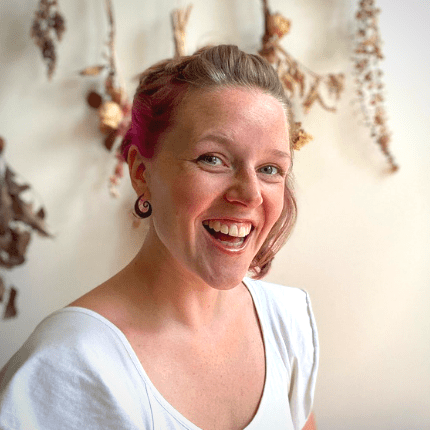
Practical Proficiency: Get Past Your 5 Biggest Hurdles to Teaching with CI Methods
by Devon Gunning
Based on her experience of changing from ‘traditional’ or ‘legacy teaching’ to ‘communicative’ or ‘proficiency-based teaching,’ Devon offers encouragement to other teachers who would like to do it, too. Her presentation begins with a direct comparison between key stages and activities associated with the different approaches, and she goes on to offer practical advice about how to get started if the time has come to take the plunge.
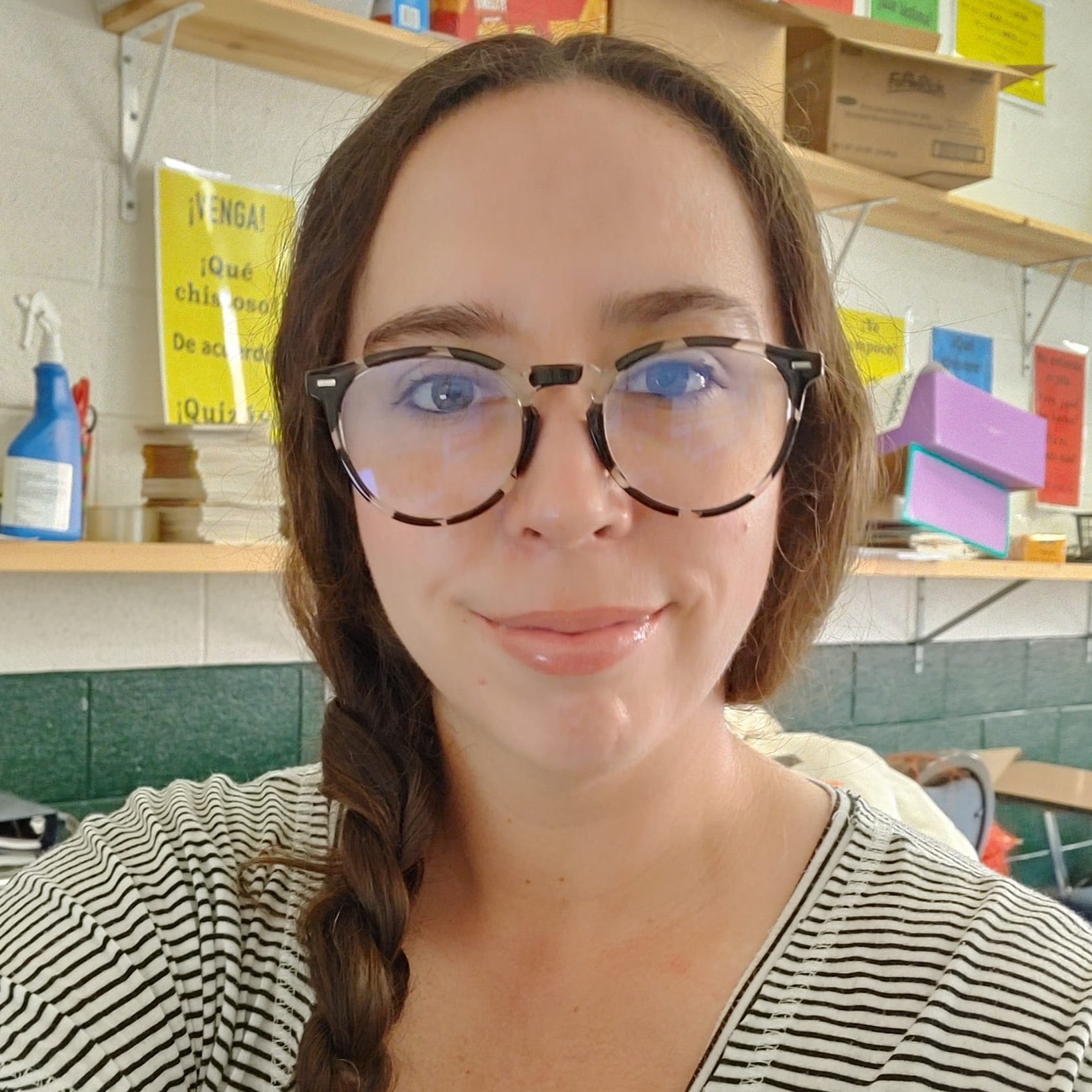
Empowering Gen Z - 2021 Goals
by Knikki Hernández
Knikki’s objective is to provide some insights and information that will enable teachers to transform their classrooms and provide the educational opportunities that are most relevant to the students. She talks about equity in the classroom, driving student performance and shares some thought-provoking ideas about generational differences.
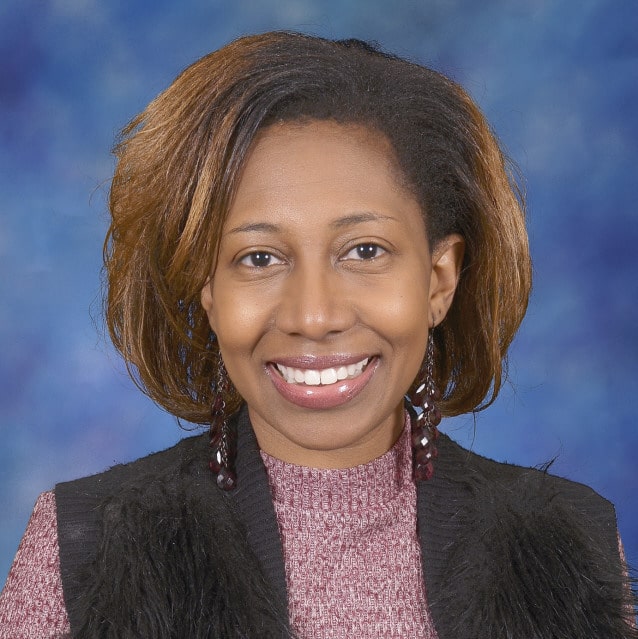
Exploring the "Why" Behind the "What" of Your Strategies and Resources!
by Kia D. London
In this presentation, Kia shares some of her reflections related to lesson planning, classroom activities, instruction and assessment, based on 15 years’ experience as a Spanish teacher. She encourages teachers to re-examine why we do what we do, and be open to the idea of change if this will be beneficial for our students.

Valuing Every Student's Participation in The World Language Classroom
by Diego Ojeda
Diego talks about what constitutes ‘participation,’ reasons why some students participate more than others, and how we as teachers can promote participation in our classrooms. He encourages us to reflect and perhaps rethink the way we view or evaluate the way our students participate.

#LevelUp: Depth of Knowledge in The Novice Language Classroom
by Ben Bradshaw
Benjamin starts by defining Depth of Knowledge and then goes on to talk about how we can use this terminology to talk about what we, as language teachers, do in the classroom. He offers useful insights into strategies that can make the visible cognitive complexity of tasks and assessments higher, without increasing the language load.
get your ALL-ACCESS pass with permanent access to all 33 sessions plus your pD certificate
© 2025 World Language Teacher Summit All rights reserved. Curated by Speaking Latino and Language Babel.
